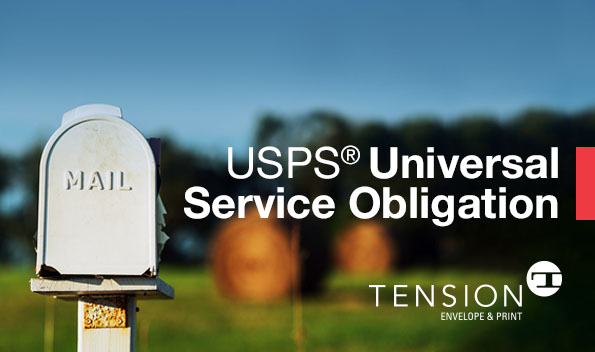Can you keep a secret? Sure. Promise not to tell anyone? I promise. Then I can’t tell you because this secret should be known by everyone. The Smithsonian National Postal Museum is the best kept secret in Washington, D.C. It is terrific. It is also a national treasure.
Mail is More Than Envelopes
Have you ever seen a stamp worth millions of dollars? Do you know what the first U.S. Postal Service airplane looked like? It has a set of wings, one on top, the other underneath, an old fashioned biplane.
Years ago mail was sorted in a mail car of a railroad which was part of a passenger train. When the train stopped at a town or city, the mail for that location was dropped off. On display is a mail car, one that was used many years ago. Most interesting.
Possibly you’ve heard of the Pony Express. Young riders with mail in the saddle bags of their horse rode through dangerous parts of the West to deliver mail to the next station. This effective way to deliver mail was highly romanticized as it should have been, but it lasted only eighteen months, April 1860 to October 1861. On June 16, 1860, the U.S. Congress authorized a coast-to-coast telegraph line. It was completed October 24, 1861, at which time San Francisco was in touch with New York, and the Pony Express was no longer needed.
Mail is of Universal Proportions
The delivery of mail by the U.S. Postal Service is universal, meaning it serves every city, town and hamlet in the USA.
Please think about the genius of the Founding Fathers who created a mail delivery system that allowed mail to be delivered from coast to coast for a few pennies. Today the cost of a stamp is 49 cents. If the U.S. Postal System was not so efficient, it is one of the most cost-effective operations in the world, the price of a stamp would be far higher.
In the 1800’s and the early 1900’s, the only way to deliver mail to snowbound northern communities was to have a horse drawn carriage with runners like a sled, rather than wheels. There is one at the Museum.
Today some conclude that mail is yesterday, and the Internet is the only way to communicate. Not true. The U.S. Postal Service processed 156 billion pieces last year. Hacking has become so prevalent that over 65% of the population prefers to get their bills and statements by mail1. Even the younger generation, age 18 to 24, who grew up with computers, prefer mail by 62%2.
The Museum displays how the postal service bound this country together. It shows a unique history that makes one proud that such ingenuity was used to get the mail delivered.
For a more complete picture of the Smithsonian National Postal Museum, please go to the Internet, type in https://postalmuseum.si.edu/, and look at the collection. You will be pleased at what you see.
If you visit Washington, D.C., the Museum is located across the street from the Union Station. It is easy to get to by subway or car.
Do yourself a favor. Visit the best kept secret in Washington, D.C.
References:
1 – “Highlighting Consumer Preferences For Paper Bills and Statements”. EMA Fact Sheets. 2014
2 – “Highlighting the American Millennial Generation’s Support for Paper Documents, Statements and Bills”. EMA Fact Sheets. 2014.




